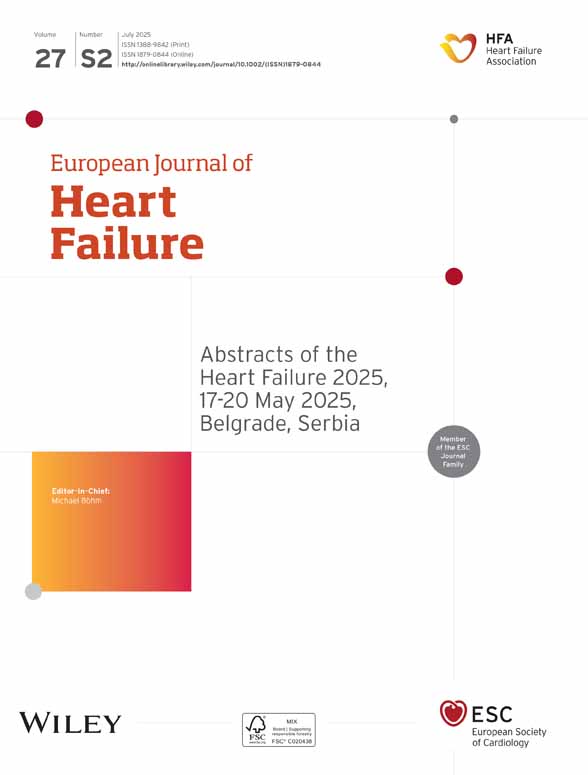Natriuretic peptides for heart failure. Fashionable? Useful? Necessary?
The concept that natriuretic peptides might prove a useful tool for the evaluation of cardiac disease in the routine clinic or community has been around for at least 20 years 1. The tools to test this concept are now in the hands of clinicians and need to be properly tested in clinical practice to ensure that they deliver what they promise. Natriuretic peptides will undoubtedly prove similar to all other technologies in that their use will evolve. Assays will be improved to deliver results either faster or more simply or more accurately. The way that the results are interpreted will change as clinicians gain experience and integrate this new information with other data. The technology will surely prove useful in areas previously not considered and will be found inadequate in areas it was expected to succeed. There is no doubt that this technology is fashionable and evolving but has it been proven to be useful in current clinical practice=
Thirty years ago, natriuretic peptides would have been adopted into clinical practice without much further thought, joining the large amount of non-evidence based medicine which employs so much of our time and resources to such questionable effect 2,3. The evidence for the utility of natriuretic peptides for detecting serious heart disease in breathless patients is almost certainly higher than several more expensive tests, for instance the chest X-ray and, arguably, the echocardiogram 4,5. However, current practice demands much higher levels of evidence for introducing new diagnostic tools or therapeutic interventions, which is mostly a good thing although it can be frustrating for enthusiasts. It is important that clinicians continually re-examine the tests that they request and treatment that they advise. Removing redundant 2,3 or harmful 6 clinical practices that are done through force of habit is just as important as evaluating new tests and treatments. Harmful, habit-based, rather than innovative, evidence-based, medicine is probably the greater current cost to health-care.
Natriuretic peptides have already shown that they are a useful or even a necessary part of epidemiological studies and clinical trials in advanced heart disease 7–10. These peptides have consistently been shown to be very powerful prognostic markers 7,10–16. There is no cheaper or more effective tool for the detection of important structural heart disease and the assessment of prognosis in patients with ischaemic heart disease. There is much more justification for measuring natriuretic peptides than cholesterol in this population, since natriuretic peptides will identify higher risk patients in whom treatment makes a large difference 17. By contrast, cholesterol is a poor guide to the need for statin therapy and the benefits of statin therapy are comparatively modest, and not even evidence-based in patients with heart failure 17–19. So, natriuretic peptides are clearly more necessary than cholesterol to guide modern clinical practice.
What is much less clear is the utility of natriuretic peptides for three other obvious purposes. It is not clear what diagnostic role natriuretic peptides have for the assessment of the breathless patient 20–22. A negative test still leaves the patient with symptoms and the need for a diagnosis. It remains to be seen how many patients end up having an echocardiogram even when natriuretic peptides are normal. Many patients will need further investigation. If natriuretic peptides do have a role in this setting it will be as part of a package of tests. Ultimately, the combination of natriuretic peptides and an imaging test may become the standard investigation in this setting. Left ventricular ejection fraction became a fashionable entry criterion for clinical trials of heart failure in the late 1980s due to the heterogeneity inherent in a clinical diagnosis, which had previously been the main and often sole inclusion criterion, because it was an objective marker of cardiac dysfunction and because it helped identify patients with a poor prognosis 23. This was an expedient but arbitrary decision. Had natriuretic peptides been widely available, they might have been used instead. Once low ejection fraction became an entry criterion for trials it then became a method of choosing treatment in clinical practice because it was not known if treatment was effective in patients who did not have a low ejection fraction. However, we do not know if ejection fraction is a good way of choosing treatment, we only know it is effective in the group the trials chose to treat. Patients with preserved echocardiographic ejection fraction and raised natriuretic peptides have a worse outcome indicating either the technical inadequacy of the echocardiogram or that this is a group of patients in whom clinical trials to find effective treatments are required 24–27. Ultimately, further investigation may discover that natriuretic peptides are a better way to choose therapy than an echocardiogram.
Even more complex is the potential role of natriuretic peptides for the monitoring of therapy 28–43. As natriuretic peptides are prognostically robust it is likely that serial testing carries important information. However, we do not know if we can modify the risk that natriuretic peptides predict. Studies using natriuretic peptides have, so far, generally suggested that doctors do not treat heart failure aggressively enough. Natriuretic peptides are a useful reminder that more treatment is required but perhaps we just need to change practice-habits rather than do another test. There are times when natriuretic peptides could inappropriately suggest that more treatment should be given when a reduction is really required. Studies designed to show that increases and decreases in therapy guided by natriuretic peptides improve outcome compared to a simple, aggressive treatment policy are lacking. This will require large, randomised studies.
This compendium of papers provides fresh and original data on many scientific and clinical aspects of heart failure on this rapidly developing topic. I hope that it will stimulate more research and improvements in clinical care to which the European Journal of Heart Failure is committed.




